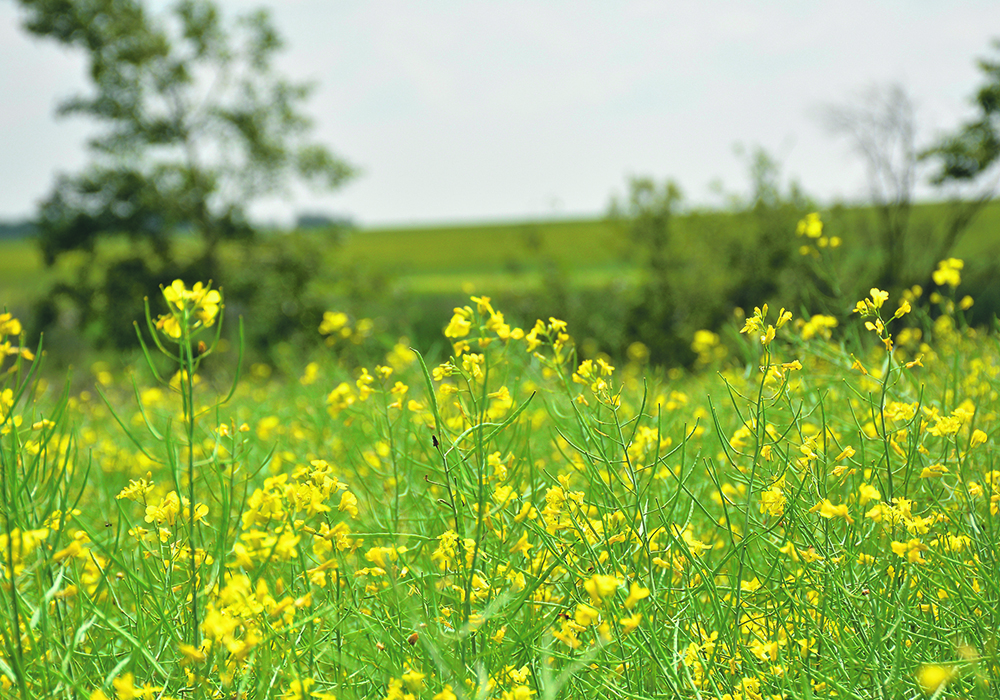Tight supplies lead analyst to believe ‘there is some pretty good upward potential for canola in the next few months’
Chuck Penner is advising Canada’s canola growers to wait out the market.
“It’s not a situation of panicking to get things sold now,” said the LeftField Commodity Research analyst.
The seasonal tendency is for canola to reach its highs in the April-through-June period, and he doesn’t see any reason why that will be different this year.
“There is some pretty good upward potential for canola in the next few months,” said Penner.
That is because supplies are tight.
Read Also

Bunge sells assets per merger approval
Bunge has sold five western Canadian elevators as required under the federal approval for its merger with Viterra.
Production was the lowest level since 2015-16, excluding last year’s drought-reduced harvest.
Supplies are pegged at 19.1 million tonnes, well below the average of 23.1 million tonnes.
However, he acknowledged that Statistics Canada has a longstanding habit of underestimating canola production.
The final number has been higher than the December estimate for the last nine years.
Nearby canola futures have been trading in the $800 to $900 per tonne range.
“I would say it’s probably correctly valued,” said Penner.
Domestic demand for the crop will be strong, with nearly 10 million tonnes of crush forecast for 2022-23 compared to eight million tonnes of exports.
Japan, Mexico and the United States are Canada’s steadiest international buyers. China is forecast to buy about two million tonnes, which is about half of what they would buy in their heyday.
For a while it looked as though China’s purchases were going to be in the range of 50,000 to 100,000 tonnes per month from all origins.
But in November, its imports skyrocketed to 470,000 tonnes and it looks like December was good as well.
Canada has stiff competition in export markets with Australia, Russia and the U.S. all harvesting record crops of the oilseed.
Australia’s production is estimated at 7.3 million tonnes. It can be exported into China, but it is not practical, said Penner.
The Black Sea area produced seven million tonnes and the U.S. another 1.8 million tonnes of the crop.
“There are more pieces to the global canola puzzle than there used to be in the past,” he said.
If China’s demand remains at November levels, the country may find creative ways to start importing from Australia and Russia, which could put downward pressure on Canadian prices.
New crop bids in Canada are in the range of $17 to $18 per bushel.
“How do you argue with that?” said Penner.
He believes canola acres will be up two to three percent in 2023. With average yields, that will result in another tight crop with about 20 million tonnes of supply.
The spread between canola and soybeans used to hover between zero and $100 per tonne. After the 2021 drought, it shot up as high as $400 per tonne.
It is now about $100 per tonne and Penner thinks it will remain at that level or higher due to the increased demand for oil versus meal.
















